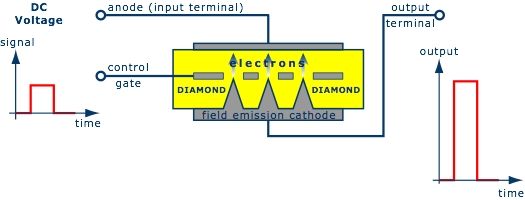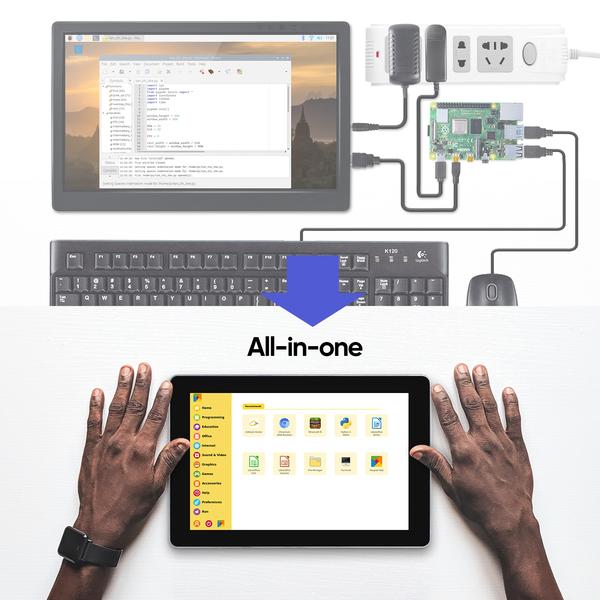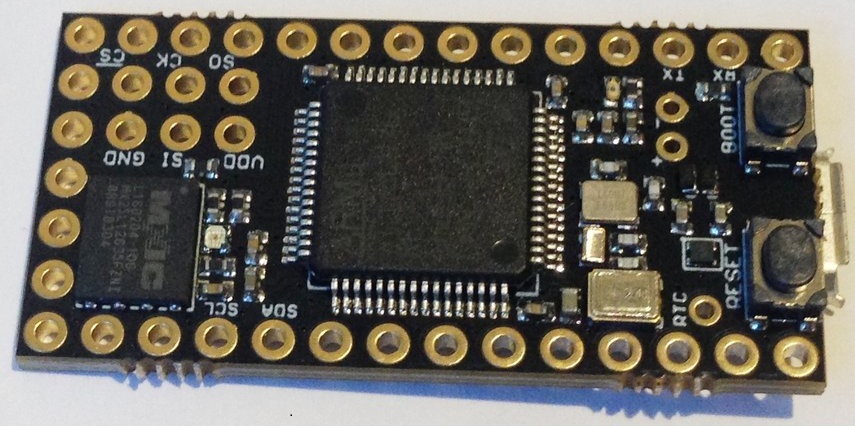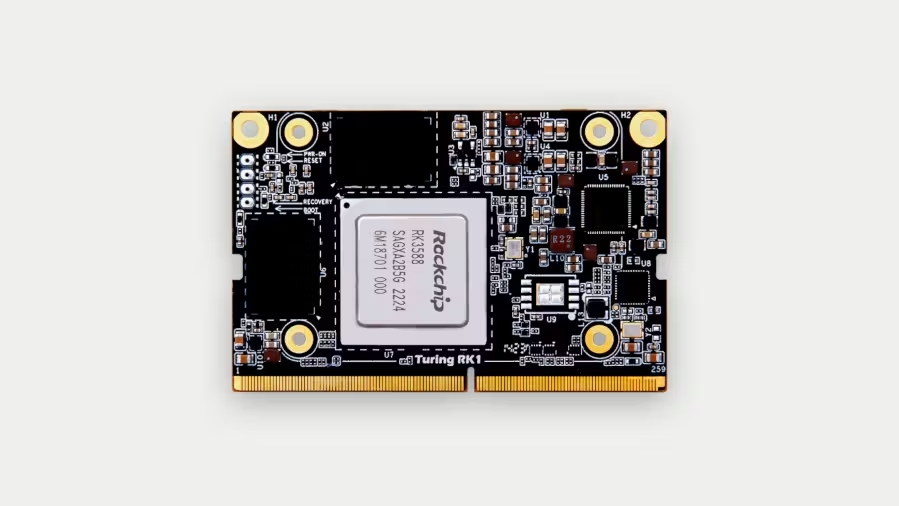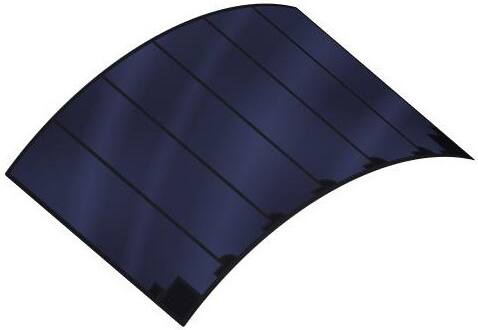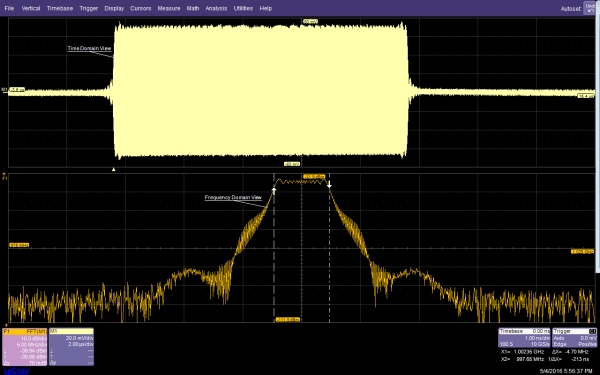
Arthur Pini @ edn.com published a guide on how to use FFT found in most modern oscilloscopes.
The FFT (Fast Fourier Transform) first appeared when microprocessors entered commercial design in the 1970s. Today almost every oscilloscope from high-priced laboratory models to the lowest-priced hobby models offer FFT analysis. The FFT is a powerful tool, but using it effectively requires some study. I’ll show you how to set up and use the FFT effectively. We’ll skip the technical description of the FFT, because its already implemented in the instruments. Instead I’ll focus on the practical aspect of using this great tool.
FFTs and oscilloscopes: A practical guide – [Link]
Subscribe
Login
1 Comment





